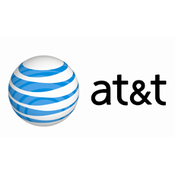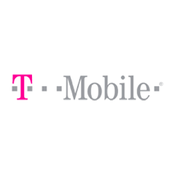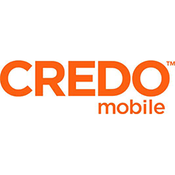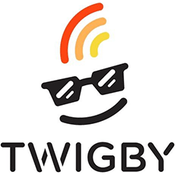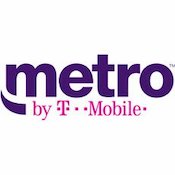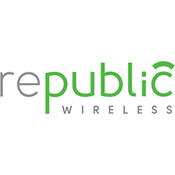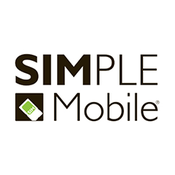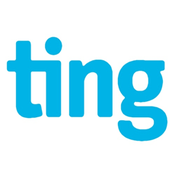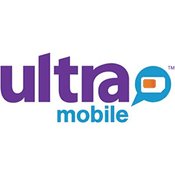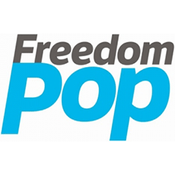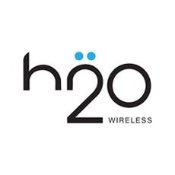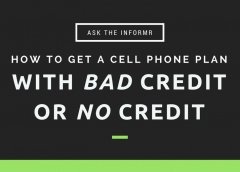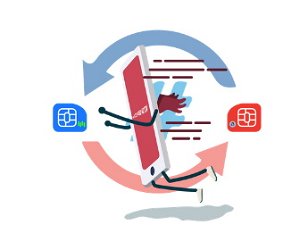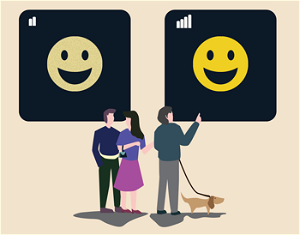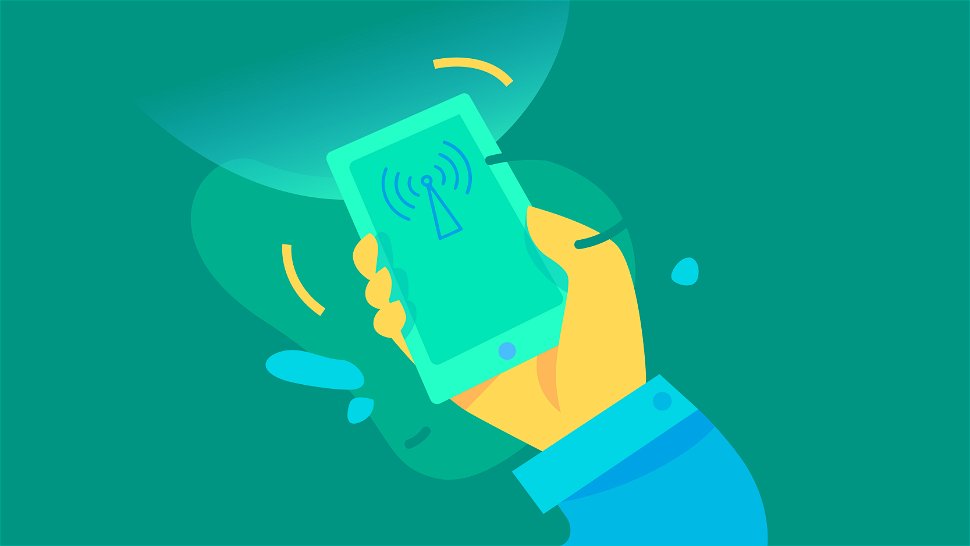
When it comes to choosing a cell phone provider, coverage is one of the most critical issues.
After all, while you can still use many of your phone’s features on Wi-Fi, the on-the-go access to calls, texts, data, and more is what makes them really handy.
To further complicate matters, your phone, your surroundings, and even network congestion can have a big impact on both signal strength and how your phone performs when connected to a mobile network.
So how can you tell which carrier offers the best coverage near you?
You have a few options:
Carrier coverage maps offer an estimate of coverage in your area (although there are no guarantees to accuracy or service quality).
Third-party coverage maps such as OpenSignal, Sensorly, and RootMetrics provide information you can rely on a bit more since it's collected from people actually using their phones.
Reports from major mobile research companies offer a look at bigger trends and the overall picture -- often at a national or state level -- but don't always provide information tailored to your region unless you live in a major city.
By looking at each of them and comparing the information available, you can piece together a good idea of what to expect.
But if a day full of research isn’t your idea of fun, we’re breaking down everything there is to know about coverage with the big -- and not so big -- cell phone companies in the US.
Carriers & Networks Explained
Before you can know what to expect from the various carriers out there, you have to understand that while there’s a huge range of different carrier options, most of them are using only a handful of different networks.
Major carriers in the US include:
So what about the rest of those companies you see?
They’re known as MVNOs -- or mobile virtual network operators.
They actually use the same networks as the Big Three listed above. They just lease access to the bigger network and charge you accordingly.
Some are even owned by one of the Big Four, including:
- Cricket (AT&T)
- Metro by T-Mobile (T-Mobile)
- Visible (Verizon)
That doesn’t begin to account for the huge multi-headed beast that is TracFone. Not only does TracFone itself offer service on multiple networks, but it also owns or operates multiple prepaid companies, including Net10, Total Wireless, Straight Talk, SIMPLE Mobile, and Page Plus Cellular.
While most MVNOs offer similar coverage, be sure to check the carrier’s plans and terms to ensure that you’re able to use the full capabilities of the network.
Many MNVOs limit speeds, de-prioritize traffic during peak hours, or provide access to only select frequencies of the main network.
So while coverage might be identical, features might be different.
Confused yet? It’s understandable…
But it also goes to highlight just how hard it is for the average person to find good, reliable information about coverage in their area from different providers.
Who Has the Best Coverage?
Looking at data from OpenSignal, RootMetrics, Tom’s Guide, and other industry experts, there are some obvious brands which stand out -- even with all the carriers in the US market.
#1. Verizon: Best Overall Coverage in the US
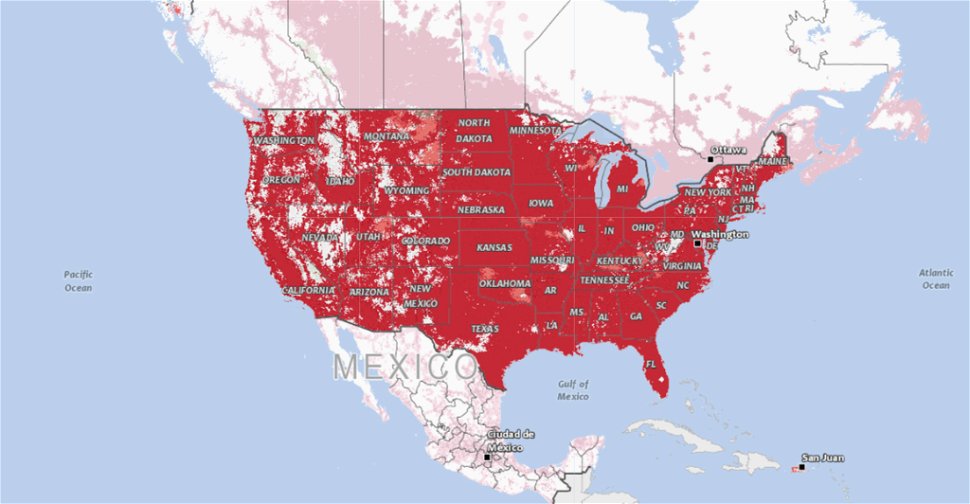
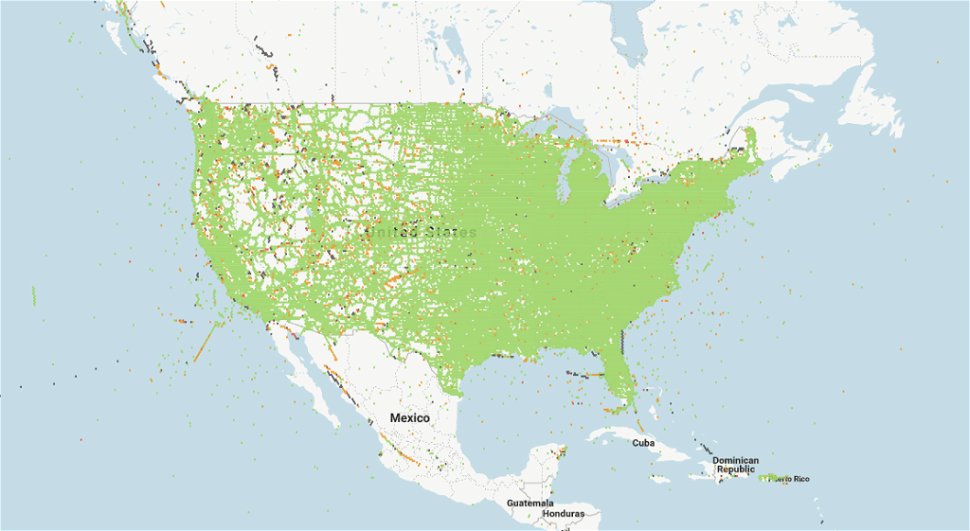
Verizon earned unabashed praise in virtually every report for the last half of 2018 and the first half of 2019.
From download speeds to overall coverage, they topped the charts time and time again.
According to data from WhistleOut, Verizon’s 3G network covers 62.3% of the country while their 4G network reaches 69.6% of the country. They also lead the individual state rankings for 4G coverage availability.
Notable awards include:
Winner of 4G Availability, Video Experience, and Upload Speed Experience categories in OpenSignal’s Mobile Network Experience Report January 2019
Draw with T-Mobile for the Download Speed Experience category in OpenSignal’s Mobile Network Experience Report January 2019
Named “Best Wireless Carrier” in Tom’s Guide’s The Best and Worst Phone Carriers of 2019
Won or tied for all six categories across RootMetrics’ Mobile performance in the US part 1: performance across the entire US 2H 2018
MVNOs using Verizon’s network include:
#2. T-Mobile: Runner Up Carrier for US Coverage
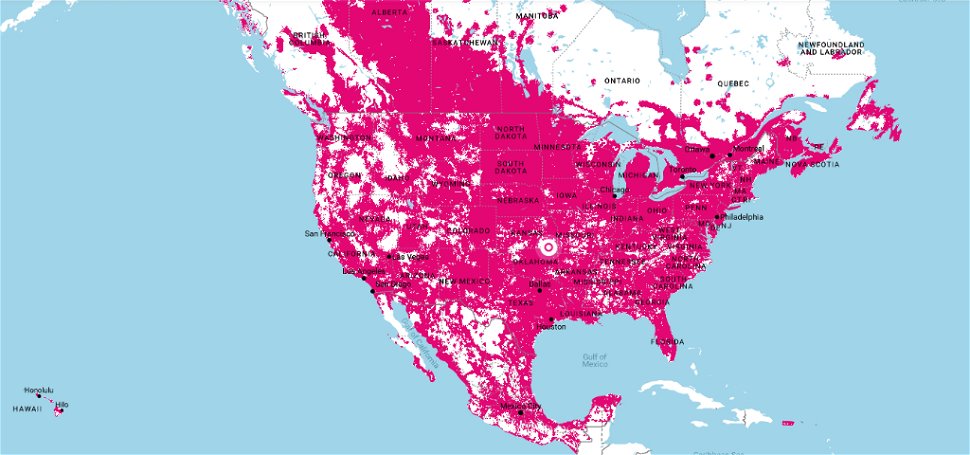
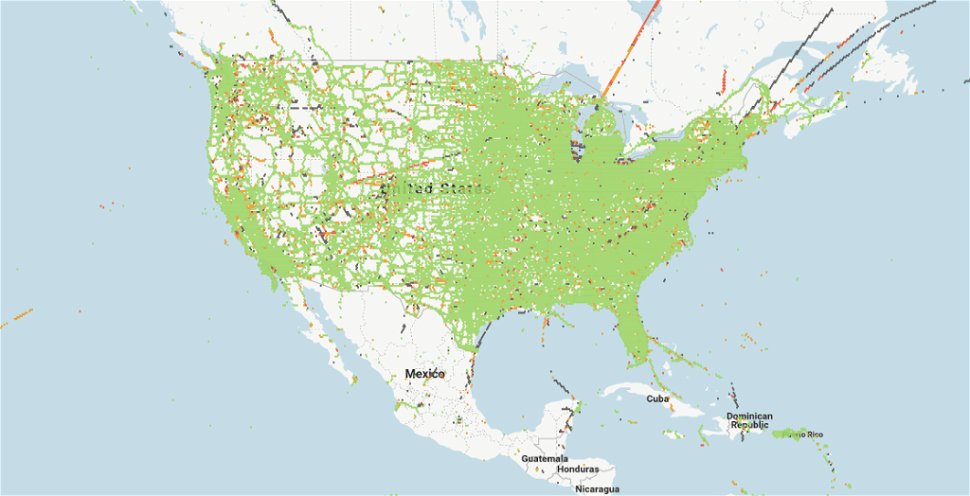
A top contender for a few years running, T-Mobile slipped slightly in the rankings for 2019. But most reports highlight that this isn’t due to T-Mobile’s coverage diminishing or speeds slowing. It’s simply that Verizon has grown faster.
In most cases where reports only rewarded a single winner per category, T-Mobile was close on Verizon’s heels.
If you live in or near a metropolitan area, T-Mobile should offer outstanding coverage and respectable speeds.
Data from WhistleOut shows an interesting dynamic with T-Mobile’s network. Unlike most carriers where 3G and 4G coverage is fairly comparable, T-Mobile covers only 21.6% of the country with their 3G network while they cover 58.8% -- the second-highest number in their data -- with their 4G network.
Notable awards include:
Draw with Verizon for the Download Speed Experience category in OpenSignal’s Mobile Network Experience Report January 2019
Second for the 4G Availability, Video Experience, and Upload Speed Experience categories in OpenSignal’s Mobile Network Experience Report January 2019
Second in Tom’s Guide’s The Best and Worst Phone Carriers of 2019
MVNOs using T-Mobile’s network include:
#3. AT&T: Best Carrier for Gaming and Rapid Access Coverage
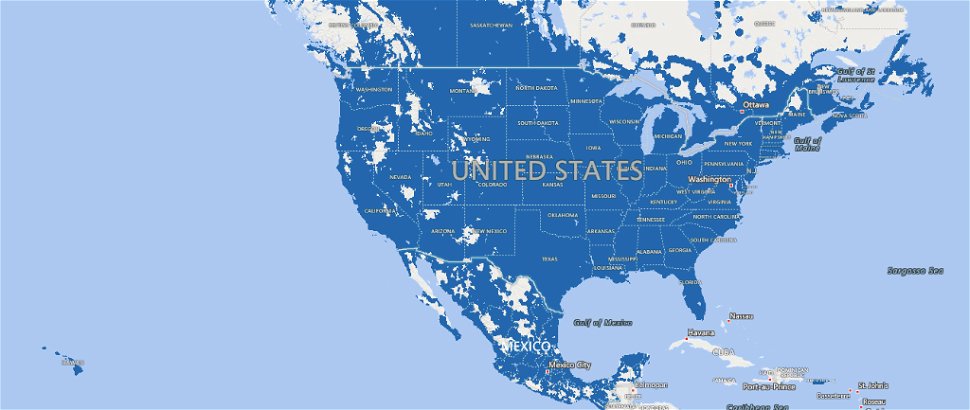
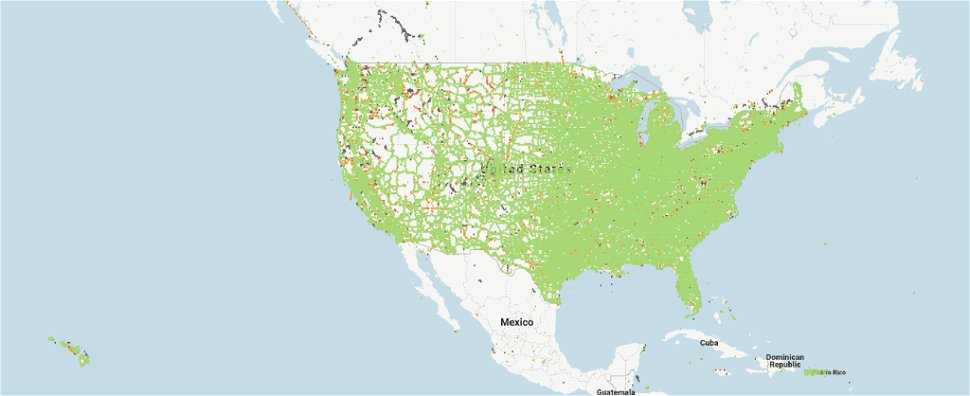
If you’re playing games or performing tasks on your phone where every second matters, AT&T edges out the competition.
While their speeds are marginally slower, their coverage is strong and they managed to beat the other carriers in terms of latency -- the delay when sending information to or from other devices and networks using your phone -- by as much as 19%.
Data from WhistleOut shows that AT&T leads the pack by a healthy margin for 3G coverage with access in 70.4% of the country. They’re neck-and-neck with T-Mobile for 4G access at 57.9%. However, on a state level, AT&T offers the most 3G and 4G coverage combined out of all the carriers listed.
They also maintain the FirstNet network. A mobile network designed to provide access to first responders and other critical public safety personnel. This means when other networks are congested in an emergency, AT&T might be able to keep you connected.
Notable awards include:
Winner in the Latency Experience category of OpenSignal’s Mobile Network Experience Report January 2019
Ranked second in the Download Speed Experience category of OpenSignal’s Mobile Network Experience Report January 2019
Ranked third in the 4G Availability category of OpenSignal’s Mobile Network Experience Report January 2019
Ranked third in Tom’s Guide’s The Best and Worst Phone Carriers of 2019
MVNOs using AT&T’s network include:
Common Questions
1. Can I get out of my contract if I have poor coverage?
In most cases, you cannot get out of your mobile contract for weak coverage unless you’re in the very early stages of your contract -- often a matter of days or weeks.
Even if the issue is on your carrier’s end, they’re going to make you jump through hoops to prove your signal is poor. They might also suggest fixes like a femtocell mini tower instead of letting you out of your contract. These mini towers use your home or business Internet connection to link your phone with the mobile network.
2. Is there any way to improve the signal in my home or office?
Apart from femtocell towers and signal amplifiers or repeaters -- devices which often run hundreds of dollars -- there’s not much to be done if coverage at one of your frequently visited locations is poor.
In some cases, if you had coverage in the past and are suddenly experiencing issues maintaining a strong signal, it might be a problem with your device or SIM. In those cases, contacting your carrier is the first step toward solving the problem.
This is also true if you recently purchased an unlocked phone. Having good coverage is irrelevant if your phone doesn’t support every frequency used by the mobile network in your area.
3. Can I boost my phone’s antenna?
There are plenty of products out there claiming you can slap them on your battery or put them on your window and see instant gains in signal strength. But they’re mostly gimmicks.
In fact, this article outlines an experiment which found that not only do most phone antenna stickers not work, but they might also make things worse.
In general, if you absolutely need a stronger signal and can’t switch carriers you’d be better off getting signal repeaters and amplifiers that take the signal in the air around you and make it stronger. But these don’t come cheap and often require running power or networking cables to the amplifier to get things started.
4. What about 5G? Who’s the best there?
It’s honestly too early to tell yet and anyone who tells you otherwise is probably just trying to sell something.
The few 5G networks that are live at the time of writing are still using some of the earliest versions of the technology.
While 5G stands to possibly change mobile service completely, we don’t feel like things have matured enough to compare providers at this time.
5. How can I test my coverage if I’m having problems?
Most phones offer an indicator to give a basic idea of how coverage is at your location. But if you suspect that you’re having signal issues but the bars at the top of your phone’s screen say otherwise, a speed test is a good way to check things.
Popular options include:
You’ll need to run the test with Wi-Fi disconnected if you want to check your mobile connection. This means the tests will use mobile data to transmit randomized information to and from your phone. So be careful if you have a small data allowance.
If your signal strength is high but speeds are inconsistent or really low, it could indicate a problem with your service or device. The next step to fixing issues would be to call your carrier.
You can also check sites such as DownDetector to see if anyone else if your area is reporting problems with the service provider you use. Keep in mind that many of these sites do not verify claims and only aggregate or pass on reports, so information might not always be wholly accurate.
Final Thoughts
By comparing data from multiple sources and using crowd-sourced information, you can get a better idea of what coverage is like in your area for a particular carrier.
In 2020, Verizon and T-Mobile appear to offer the most coverage coast-to-coast. However, networks and statistics change often.
While we’ve sourced our findings from top media outlets in the tech industry, these statistics only provide so much accuracy for your exact location because they look at the entire country.
For the most accurate information, turn to social media groups in your area or friends and family.
Ask them what carriers they use and how they like their coverage.
This will provide information directly relevant to your area from people you know and trust.
P.S. If you’ve found a few providers who offer good coverage in your area, be sure to compare the various
plans and prices on offer before signing any agreements. Our plan comparison tool makes it simple to compare plans by prices, data allotments, features, and more with just a few clicks.
[1] OpenSignal: USA Mobile Network Experience Report January 2019
[2] Tom's Guide: The Best and Worst Phone Carriers of 2019
[3] RootMetrics: Mobile Performance in the US Part 1: Performance across the Entire US 2H 2018
[4] Reviews.org: Best Cell Phone Coverage
[5] WhistleOut: Guide to Finding the Best Cell Phone Coverage
Disclosure: You should know that in some cases, we may receive a referral fee (at no additional cost to you) for products purchased through the links on our site. These links help support our work but they do not influence our content. Our editorial recommendations are always genuine and we try to feature only the best products and services. Why trust us?
